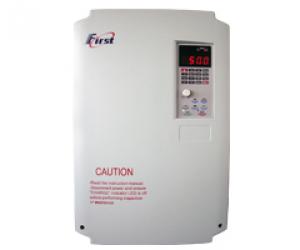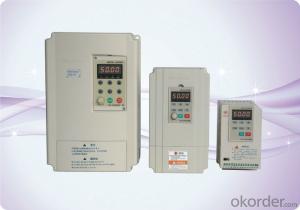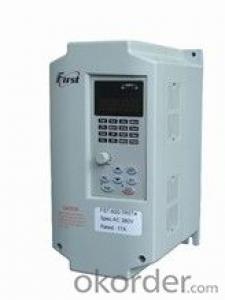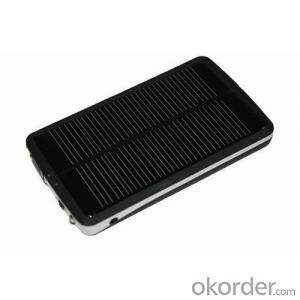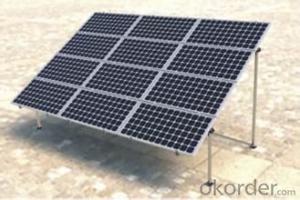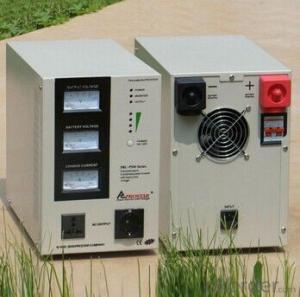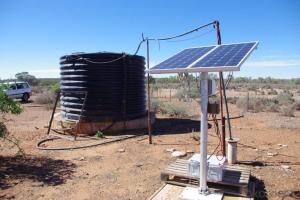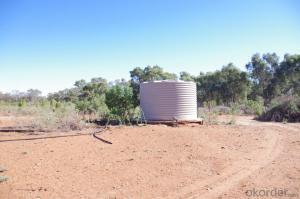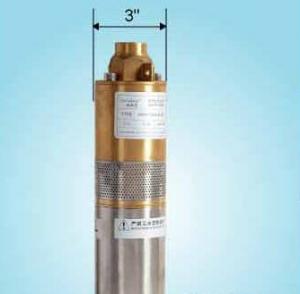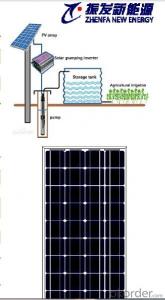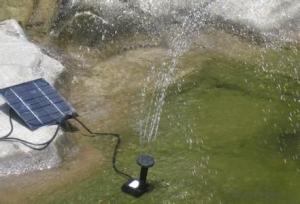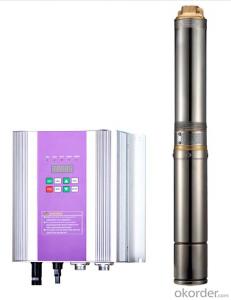Best Solar Inverter For Home
Best Solar Inverter For Home Related Searches
Best Home Solar Inverter Best Solar Inverter The Best Solar Inverter Best Inverter For Solar Best Solar Power Inverter Best Inverter For Solar System Best Inverter Solar Solar Inverter For Home Which Solar Inverter Is Best Solar Power Inverter For Home Best Solar Battery Inverter Solar Inverter Best Solar Energy Inverter For Home Best Solar Panel Inverter Best Inverter For Solar Panels Solar Best Inverter Solar Power Inverter For House World Best Solar Inverter Home Power Inverter For Solar Solar System Inverter For Home Best Inverter Solar System Best Solar Hybrid Inverter Inverter For Home Solar Best Solar Inverter Brands Best Solar Inverter Generator Best Solar Pump Inverter Best Inverter Solar Panel Solar Panel Inverter For Home Top Solar Inverter Best Solar Inverter On GridBest Solar Inverter For Home Supplier & Manufacturer from China
Best Solar Inverter For Home is a crucial component in any residential solar power system, as it converts the direct current (DC) generated by solar panels into alternating current (AC) that can be used by household appliances and fed back into the grid. This high-efficiency device plays a vital role in ensuring that the energy produced by solar panels is effectively utilized and maximized, making it an essential investment for homeowners looking to harness the power of the sun.The application and usage scenarios of the Best Solar Inverter For Home are diverse, ranging from small-scale residential setups to larger commercial installations. It is particularly beneficial for homeowners who want to reduce their reliance on traditional energy sources and decrease their electricity bills. By using this product, they can store and utilize the energy generated by their solar panels during peak sunlight hours, and even sell excess energy back to the grid during periods of low demand. This not only promotes energy independence but also contributes to a more sustainable and eco-friendly lifestyle.
As a wholesale supplier, Okorder.com boasts a large inventory of the Best Solar Inverter For Home, catering to the needs of various customers across different markets. With a commitment to providing high-quality products at competitive prices, Okorder.com ensures that customers have access to reliable and efficient solar inverters that can withstand the test of time. By partnering with reputable manufacturers, Okorder.com guarantees that the Best Solar Inverter For Home meets the highest industry standards, making it a smart choice for those looking to invest in a sustainable energy solution for their homes.
Hot Products



